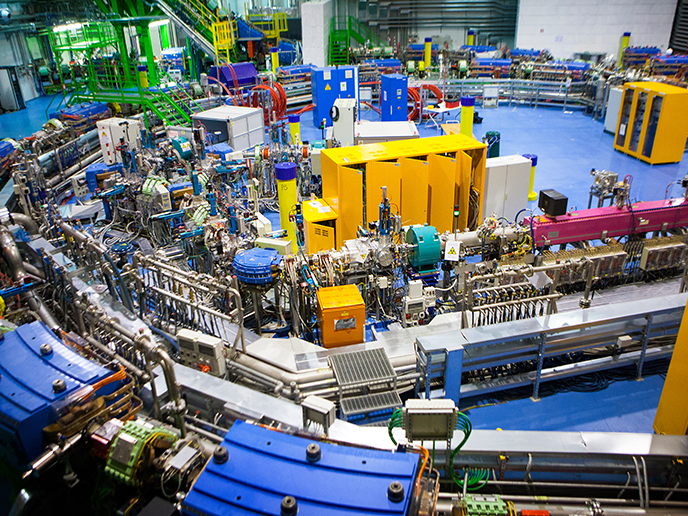Hydrodynamics of strongly coupled fluids
Over the past years, theoretical ideas from the abstract world of geometrical forms have been introduced to the realm of experimental condensed matter physics. The Anti-de Sitter / conformal field theory (ADS/CFT) correspondence or gauge-gravity duality, coming from notions of string theory is behind this crossover. The ADS/CFT correspondence has clearly shown its prowess in elucidating various aspects of strongly interacting matter. In the EU-funded project APPGGD (Applications of the gauge-gravity duality), scientists explored possible applications to quantum chromodynamics (QCD). QCD is the theory of the interaction that keeps protons and neutrons together in atomic nuclei. It is believed that when we heat matter to high enough temperatures, a new state of matter emerges. This ‘soup’ of quarks and gluons, called quark-gluon plasma, dominated the universe in the first microseconds after the big bang. Before APPGGD, gauge-gravity duality had been developed for a theory that shares some properties with QCD. Project scientists addressed two still open questions: the location of the critical point in QCD phase diagram and the short thermalisation time of QCD. In addition, they improved the current view of the quark-gluon plasma evolution in space and time as a relativistic fluid. One of the most important findings was the estimation of transport coefficients in 2+1 dimensional systems and their explicit realisation in the context of gauge-gravity duality. Further aspects of relativistic hydrodynamics have also been investigated using the tools of gauge-gravity duality. Initial results lay the groundwork for geometrising turbulence in 2+1 dimensions and even when increasing the number of spacetime dimensions to infinity. Importantly, successful completion of APPGGD has opened the way to the establishment of new links between condensed matter and high energy physics.







